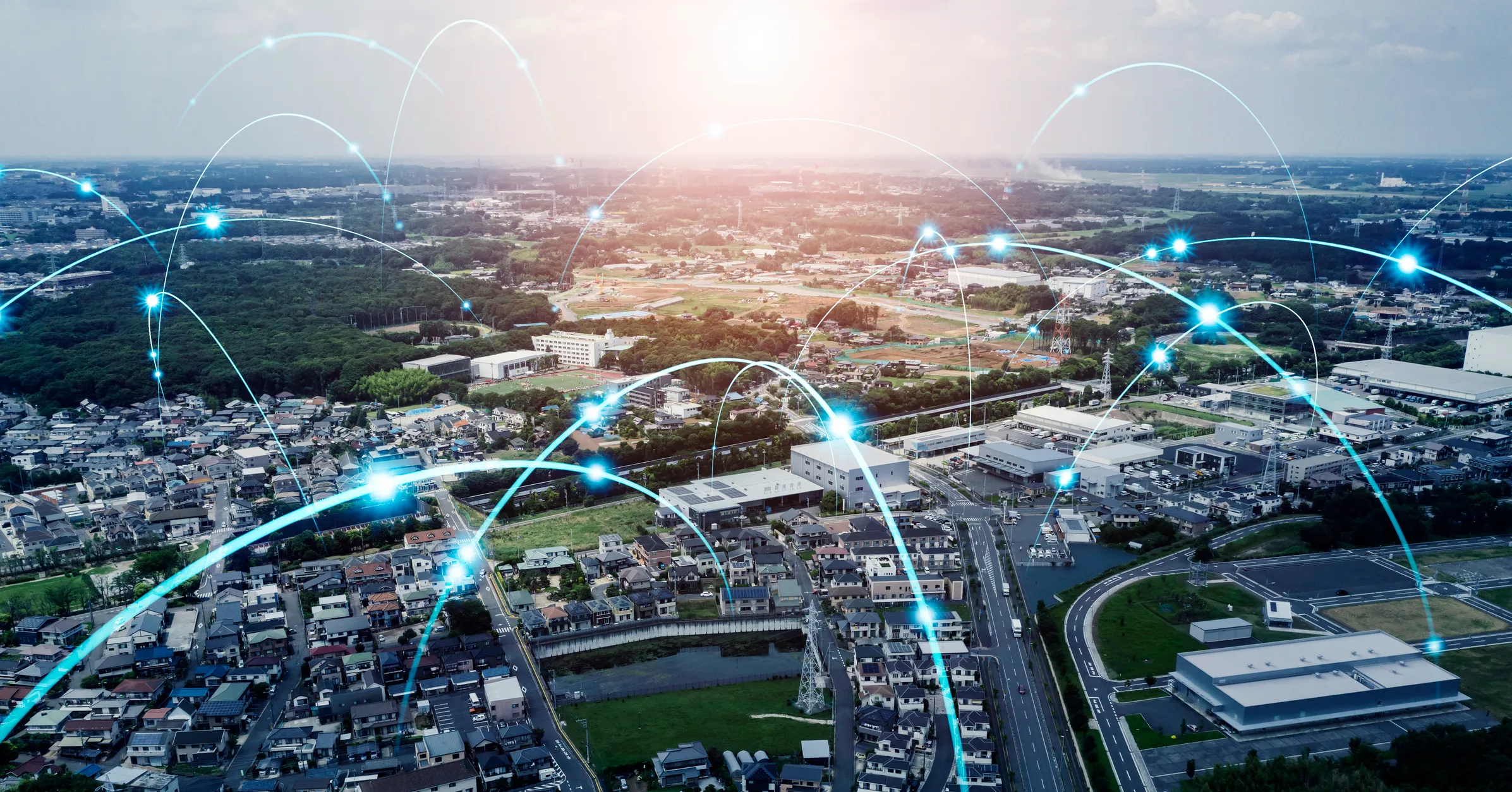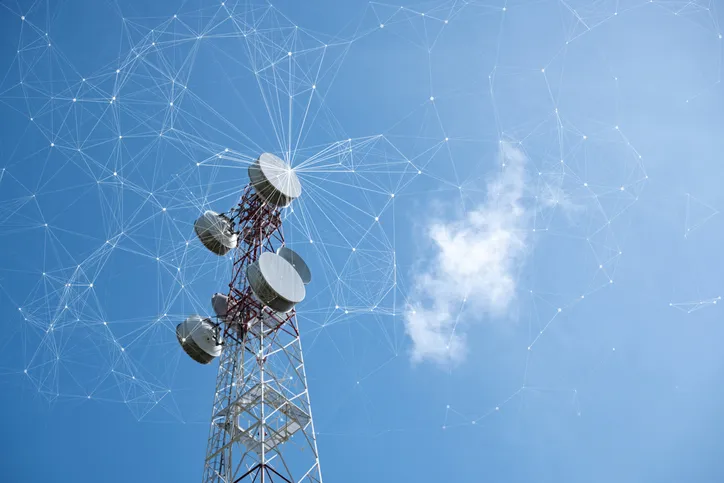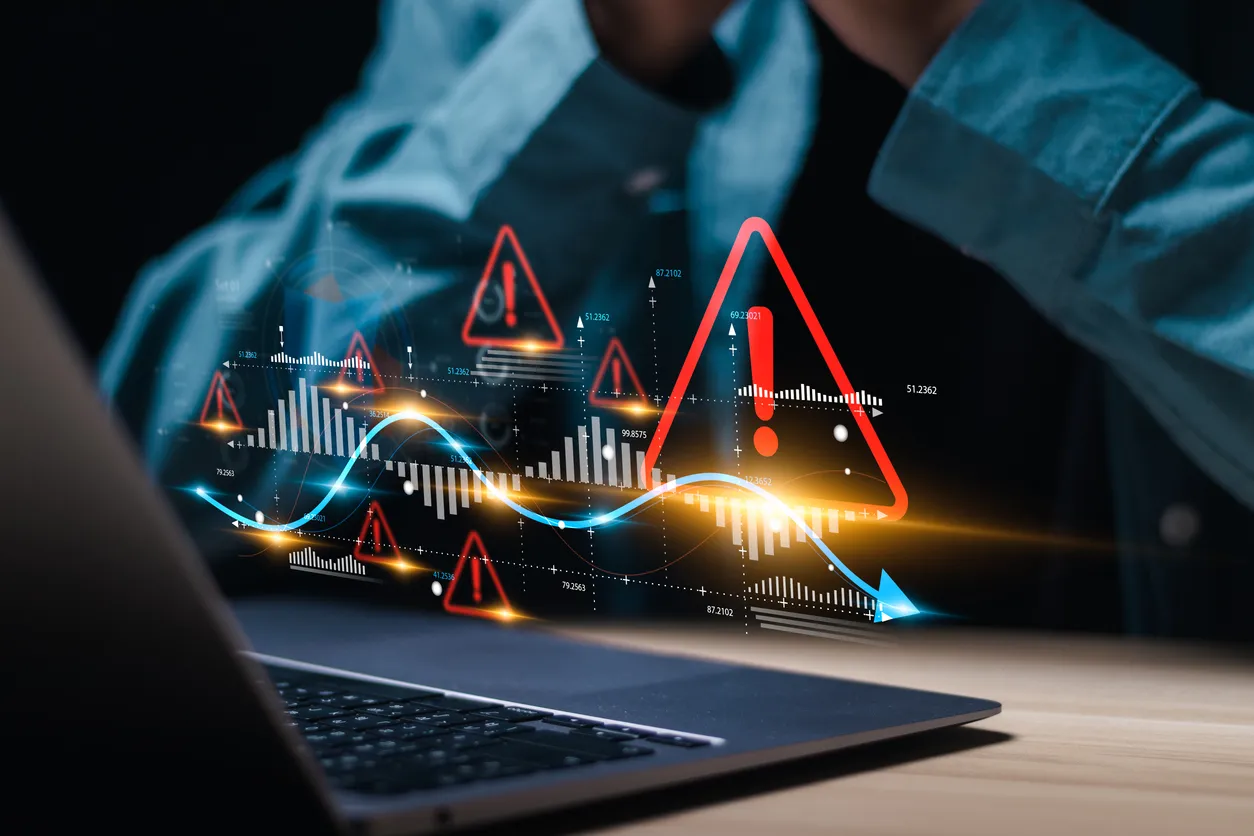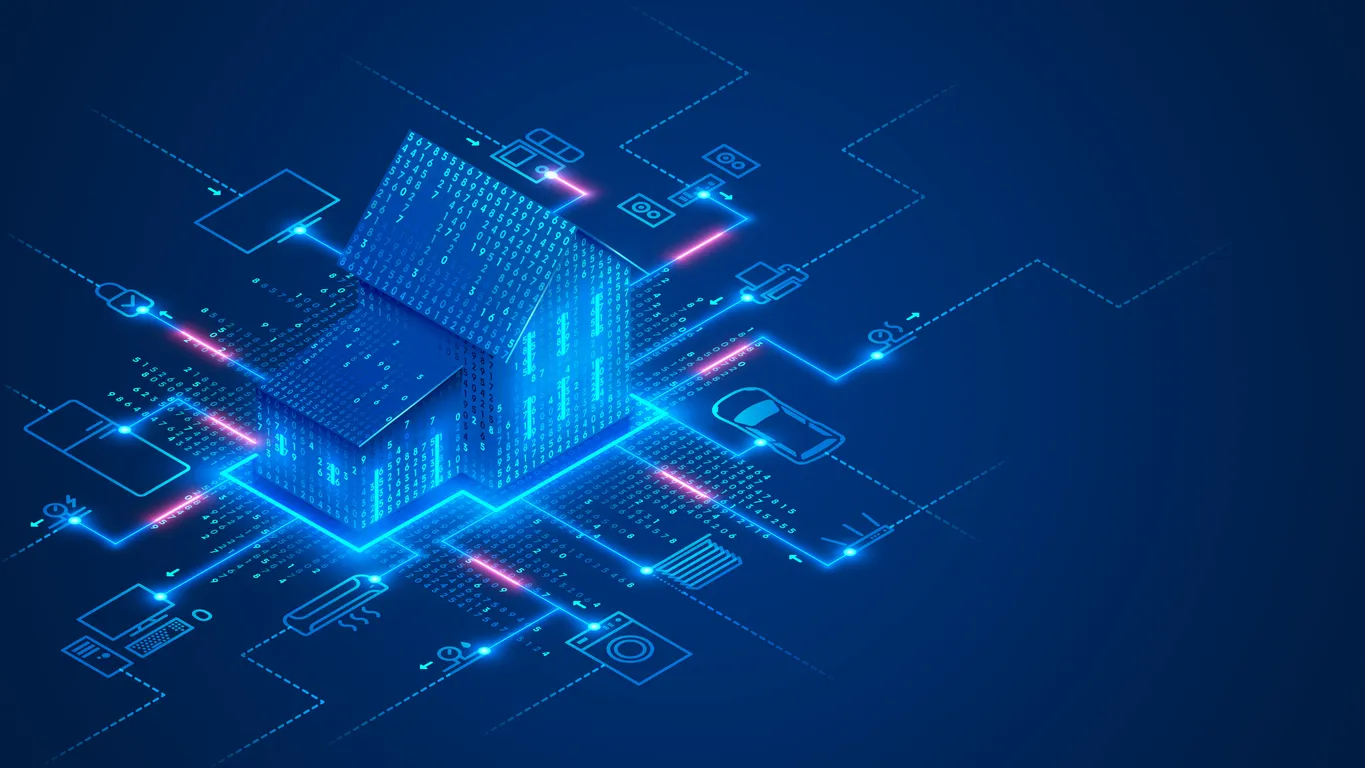Russia’s Cybersecurity Market to Hit ₽700 Billion by 2030
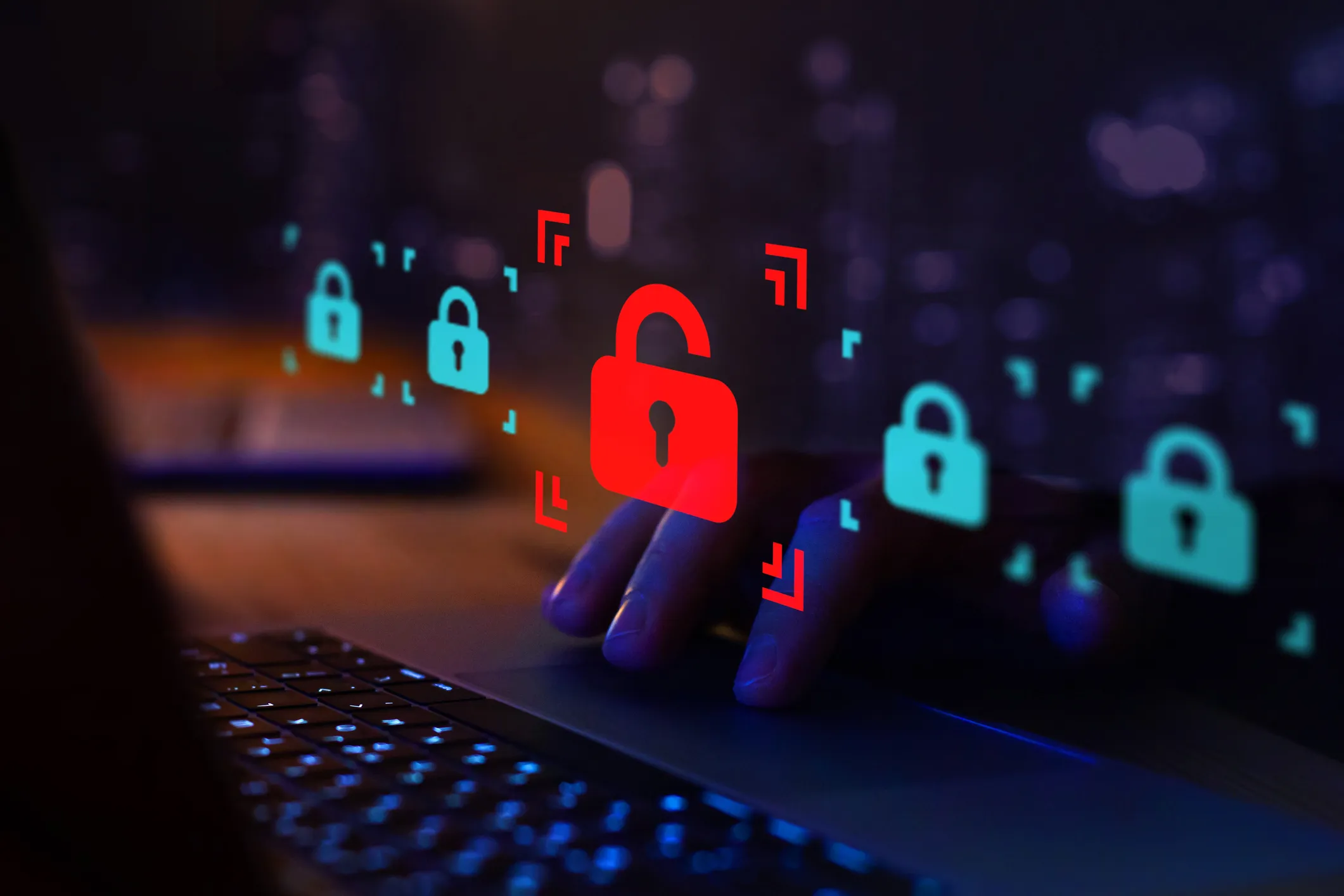
Analysts predict the nation’s infosec sector will grow at 14–16 percent annually—outpacing the broader Russian IT market and bolstering domestic data‑protection capabilities
Rapid Growth Outpacing the IT Sector
According to Vartan Minasyan, director of the Center for Cybersecurity Technologies at Solar Group, Russia’s information‑security market is on track to reach ₽700 billion by 2030, with year‑over‑year revenues climbing between 14 and 16 percent. “This growth rate exceeds that of the overall Russian IT sector,” Minasyan notes, underscoring how escalating cyberthreats and regulatory requirements are driving sustained investment.
From data‑encryption solutions to web‑infrastructure hardening, demand is surging among enterprises and government agencies alike. For citizens, the ripple effect means stronger protections for personal data, more resilient online public services, and a lower risk of service disruptions caused by attacks.
Domestic Shift and Signature Development
Minasyan reports a significant localization trend: in the past year, the share of foreign‑developed network‑security products in Russia dropped by 40–45 percent. “This reflects a deliberate pivot away from Western vendors and a pressing need for user‑friendly pathways to native platforms,” he explains. End users benefit from tighter integration, streamlined support, and compliance with Russian data‑sovereignty laws.
To fuel this substitution, Russian firms have begun in‑house development of malicious‑pattern signatures—predefined rules that detect and block cyber‑intrusions. By creating local threat‑intelligence feeds, these vendors can push updates faster and adapt to emerging attack methods in real time.
Consolidation Around Key Domestic Players
Looking ahead, Minasyan forecasts that hardware‑based solutions for traffic filtering and access control will coalesce around three to five leading Russian companies. Such consolidation could yield economies of scale, drive down costs, and accelerate of next‑generation firewalls, secure gateways, and intrusion‑prevention appliances.
For organizations and end users, the upshot is clear: a more competitive vendor landscape will spur innovation, lower barriers to advanced cybersecurity tools, and ultimately deliver stronger, more affordable defenses against an ever‑evolving threat environment.













